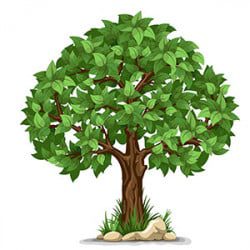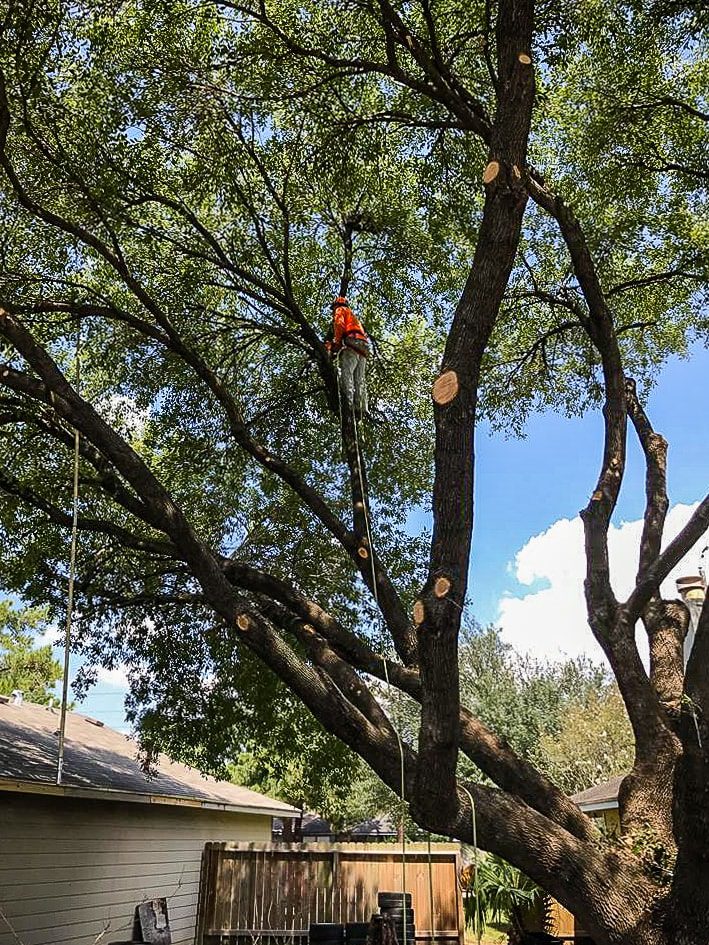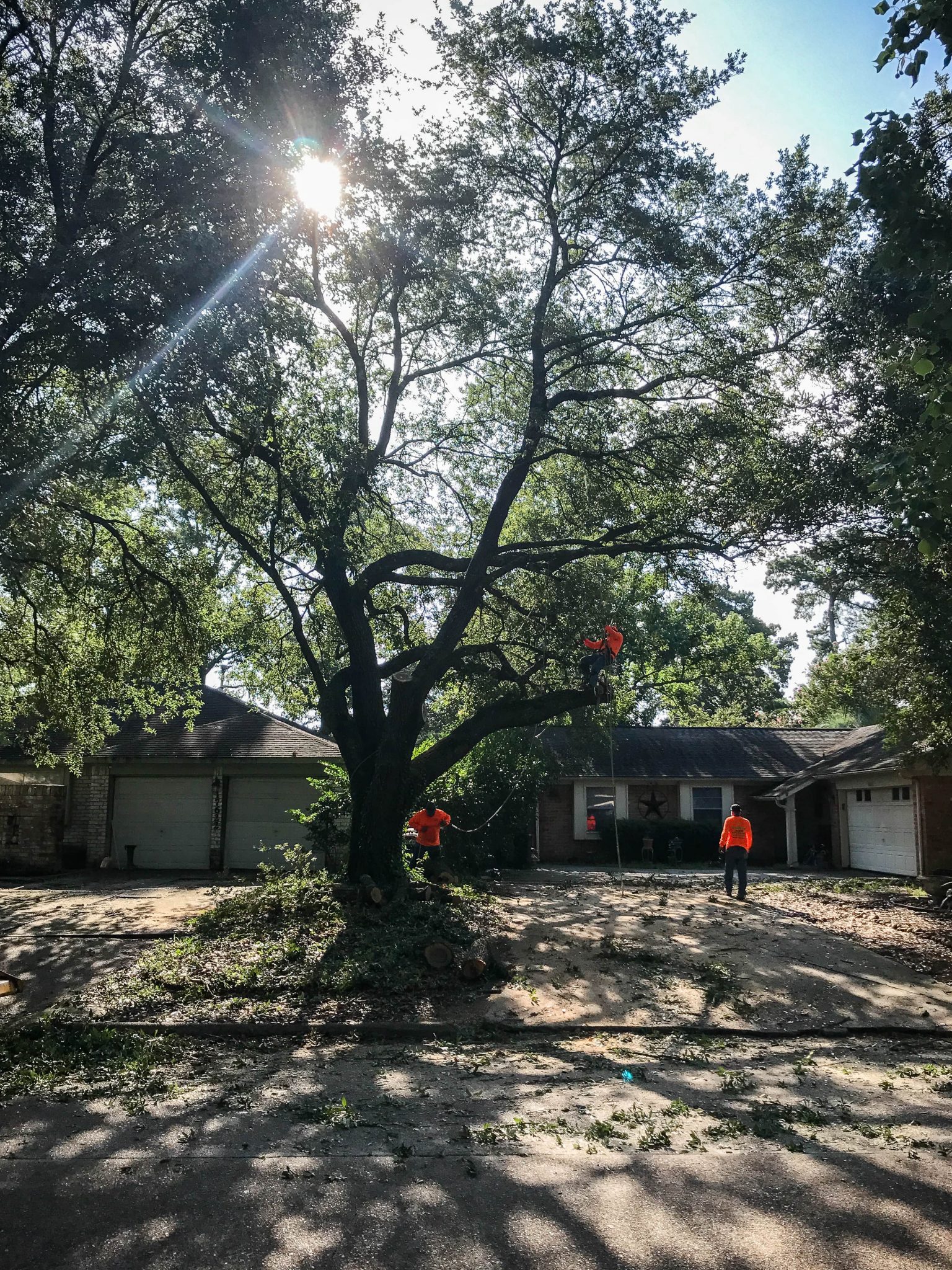The different tree trimming types, the timing of tree trimming, and frequency depend on the special circumstance of the tree. For your information, we have provided a description of the most common frequencies, timing & types of pruning below.
The Timing of Tree Trimming
Timing of tree trimming is very dependent on the type and condition of the tree. If your tree has not been regularly trimmed, the best time to trim is now. If you have regularly maintained your tree through trimming, the best timing depends on the type of tree.
FULL TRIMMING
Bring out the best in your trees and shrubs by showcasing what nature already did. The form is strengthened, accented, and cleared by removing what does not fit. Dead, diseased, rubbing, and duplicated limbs are eliminated, and 10% to 20% of the live crown is all we remove. The greatest compliment we receive is when the owner says, “It doesn’t look pruned, it just looks better!” Better aesthetics mean better health. Air circulation can improve problems ranging from insect colonies to fungal growth – without chemical intervention.
Sometimes, a tree has grown too large for its setting or too old to support some of the furthest growth from the root system. In these cases, we sometimes suggest removal and replanting, but there is a pruning remedy. Crown reduction pruning is a way of cutting back tips and leaving certain leaders to create a new, lower crown. This time-honored professional practice should not be confused with topping, which we do not perform. Topping is the indiscriminate lowering or shaping of a tree to arbitrary points between nodes or branches. Because topping makes a tree more susceptible to disease and other problems, it is never recommended by Urban Forest unless there is a specific need.
CROWN RESTORATION
If a tree has been topped, we can begin the process of restoration with the first pruning. We reduce the amount of leaders struggling for light and separate these evenly as possible. If done properly in a cycle of years, a tree that has been “ruined” can often be reclaimed, and go on for years and years after the event.
CROWN LIFTING
Ever notice how deadwood seems to gather at the bottom of pine and fir trees? Growth is mainly a function of available light. Light, for a tree, is food, and leaves are the tree’s stomach. When a tall, straight tree gains more growth on top, it is natural that it will lose limbs on the bottom. We anticipate this action by pruning the lowest limbs on many of our native conifers and some of the large native trees, like big leaf maple. It keeps them healthy and encourages upward growth.

Ideal Tree Trimming Frequency
Most deciduous trees in an urban environment will benefit from trimming every 3-5 years. This frequency may need to be increased if the trees are close to or over structures. Trimming a tree more heavily to avoid regular pruning often creates an opposite effect, when the tree sends out significant new growth in response to the heavy trimming. There is a delicate balance of taking just the right amount that must be maintained.
Most of our large fir and pine trees need to be trimmed ever 5-7 years. It is important, however, to inspect trees for changes that may affect their health and therefore their trimming schedule during this time. When in doubt, ask an arborist. Cedars and other evergreens in most cases should be trimmed every 3-5 years. This frequency may need to be increased if the trees are close to or over structures.
Most ornamental trees can be trimmed at the specific tastes of the owner. Most commonly, these types of trees are trimmed yearly or every other year, but some are trimmed as much as twice a year to achieve the desired look.
Book Tree Service in Houston and Surrounding areas
| M | T | W | T | F | S | S |
|---|---|---|---|---|---|---|
| 1 | 2 | 3 | 4 | 5 | 6 | 7 |
| 8 | 9 | 10 | 11 | 12 | 13 | 14 |
| 15 | 16 | 17 | 18 | 19 | 20 | 21 |
| 22 | 23 | 24 | 25 | 26 | 27 | 28 |
| 29 | 30 | |||||


